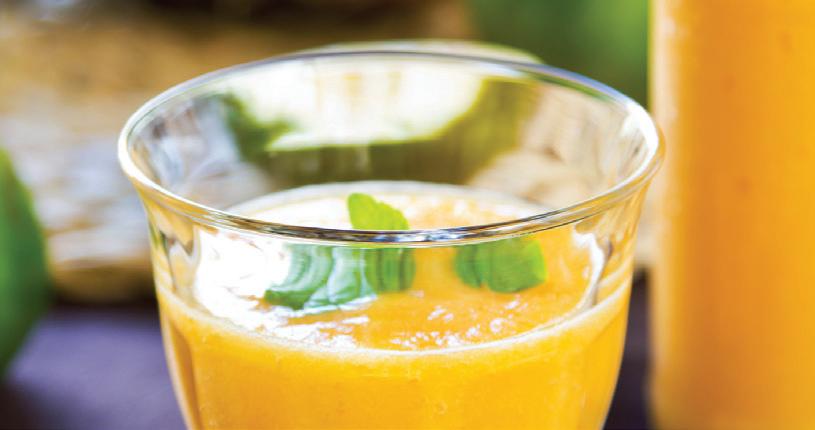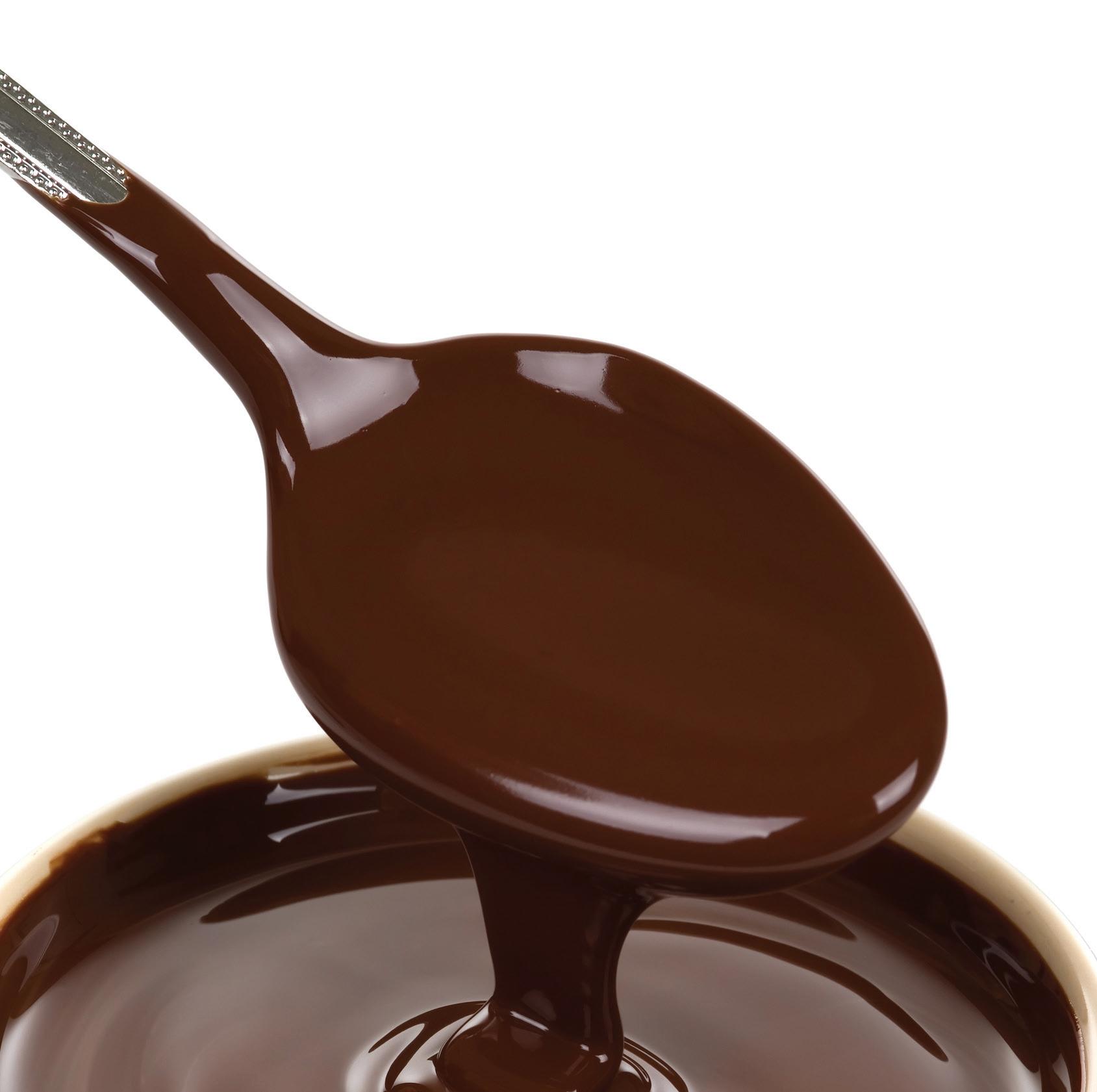
1 minute read
The Versatile Pineapple
Although thought to have originated in South America, pineapples were first discovered by Europeans in 1493 on the Caribbean island that came to be known as Guadalupe. In the 18th century, pineapples began to be cultivated in Hawaii, the only state in the U.S. in which they are still grown. They are second only to bananas as America's favorite tropical fruit. Although the season for pineapple runs from March through June, they are available year-round in local markets. Pineapple is an excellent source of the trace mineral manganese, which is an essential cofactor in a number of enzymes important in energy production and antioxidant defenses. Bromelain extracts can be obtained from both the fruit core and stems of pineapple. Studies have shown that bromelain has a wide variety of health benefits. Excessive inflammation, excessive coagulation of the blood, and certain types of tumor growth may all be reduced by therapeutic doses of bromelain when taken as a dietary supplement. Add fresh pineapple to your morning smoothie, lunch time yogurt, any fruit and most vegetable salads. For example, try adding chunks of pineapple to your next coleslaw or carrot salad. Here is a smoothie recipe: 1 mango, skin removed and cut / 5 strawberries, stems removed / 1 cup diced pineapple / 1 cup orange juice / 4 ice cubes. Combine all the ingredients in a blender and puree until smooth for about 2 to 3 minutes. Makes two servings.











